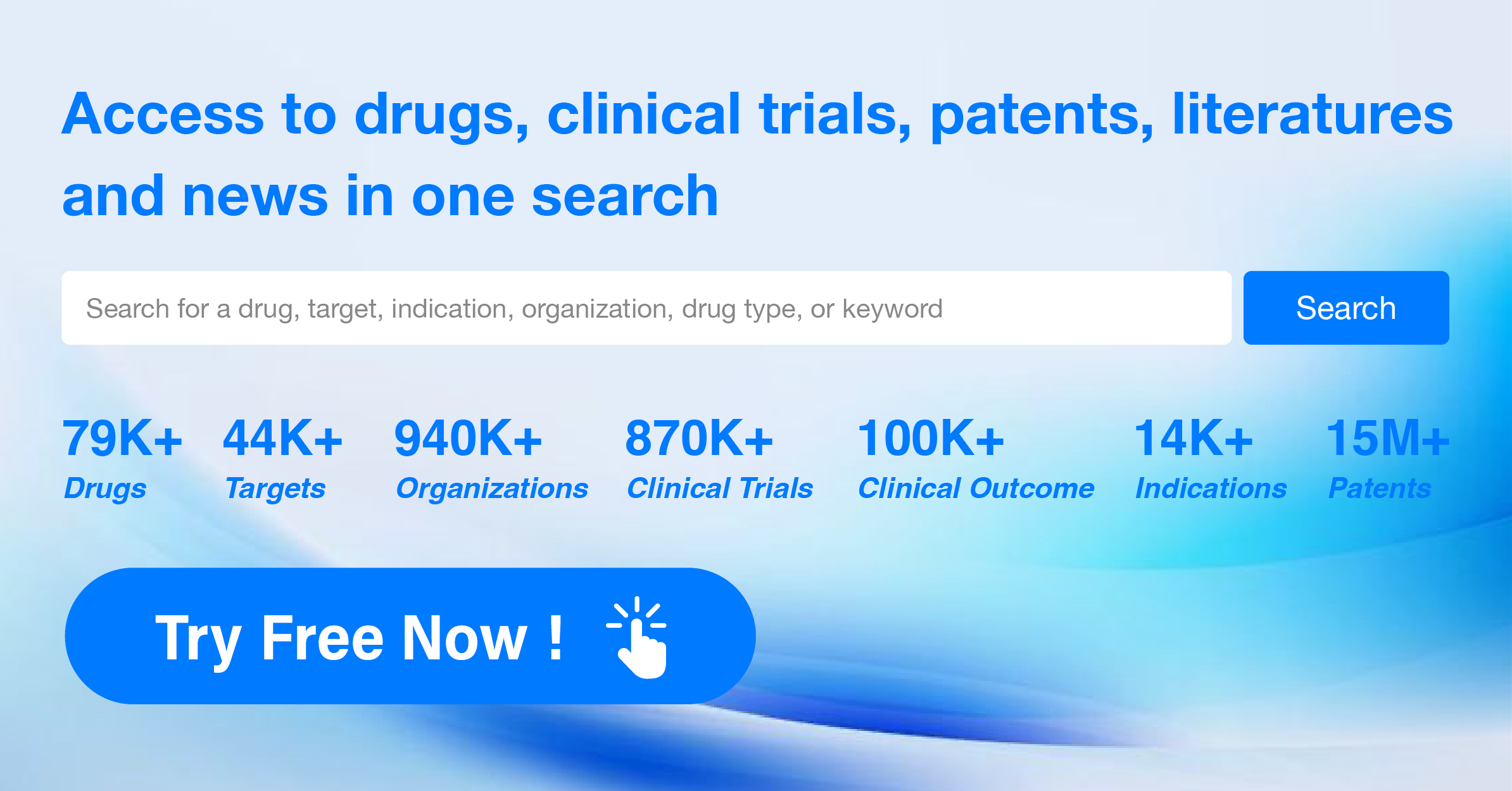How to identify antibody sequences?
Antibody sequences can be identified through various techniques like polymerase chain reaction (PCR), Next-Generation Sequencing (NGS), and the use of bioinformatics tools and software that analyze and interpret these sequences.
An antibody molecule, also known as an immunoglobulin, consists of four polypeptide chains–two identical heavy chains and two identical light chains. These chains combine to form a "Y"-shaped molecule. Each (light or heavy) chain of an antibody consists of variable (V) and constant (C) regions, and each has a unique sequence of amino acids.
The variable region provides the specificity of the antibody for binding to the antigen and is what differs from one antibody to another. It consists of three complementarity-determining regions (CDRs), also known as hypervariable regions, embedded in a more constant framework (FR) region. The CDRs in each chain are brought together to form the antigen-binding sites, which determines the specificity of each antibody.
The constant region forms the stem of the "Y" and does not vary greatly among different antibodies. It determines the antibody's class or isotype and can bind to different cell receptors or complement proteins, enabling other parts of the immune system to respond to the antigen.
In reference to antibody sequences, you'll often see CDRs and FRs designated by region - FR1, CDR1, FR2, CDR2, FR3, CDR3, and finally FR4. Variability is highest in the CDR3 region, making CDR3 a crucial region for antigen recognition. By comparing these sequences, scientists can identify the antibodies and gain a lot of information about the immune response.
How antibodies are sequenced, particularly the variable regions, is key to understanding the immune response, and to developing vaccines and antibody-based therapeutics.




